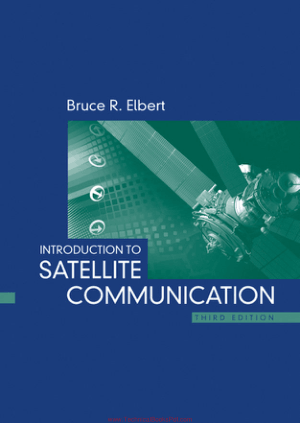

Because the ISS circles the Earth about every 90 minutes on average, this means that it's possible to see it not just on one singular pass, but for several consecutive passes. (Image credit: NASA) Viewing opportunitiesĭuring the northern summer, when the nights are the shortest, the time that a satellite in a low-Earth-orbit (like the ISS) can remain illuminated by the sun can extend throughout the night - a situation that can never be attained during other times of the year.

Multiple images of the International Space Station flying over the Houston area have been combined into one composite image to show the progress of the station as it crossed the face of the moon in the early evening of Jan. But they could potential be visible under the best observing conditions. Russia's Soyuz and Progress spacecraft, as well as SPaceX's Dragon and Orbital ATK's Cygnus capsules, are much smaller than NASA's space shuttles (which were also visible to the naked eye until they were retired in 2011). Also visible to the naked eye is the Hubble Space Telescope. It has been 40 years in the making.On favorable passes, the space station can appear as bright as the planet Venus, at magnitude -4.5, and some 16 times brighter than Sirius, the brightest star in the night sky. Some have made estimates as bright as magnitude -5 or -6 for the station (smaller numbers represent brighter objects on this astronomers scale).Īnd as a bonus, sunlight glinting directly off the solar panels can sometimes make the ISS appear to briefly "flare" in brilliance to as bright as magnitude -8 more than 16 times brighter than Venus! Other things to seeĪlong with the ISS, you can also look for China's Tiangong-1 space laboratory, which has hosted visiting crews on Shenzhou spacecraft in recent years. Around half of the images and all of the text by the author and not contracted out by a stranger half way around the world. All the images have been recently upgraded.

Ideal for students / teachers of Physics. Includes how to record brightness, unusual features such as spinning satellites, spy satellites in formation, and even how to capture the space station on video. A guide to recognising which satellite is which, how to observe them, make interesting observations and even photograph or video them. Around half of the images and all of the text by the author and not contracted out by a stranger half way around the.


 0 kommentar(er)
0 kommentar(er)
